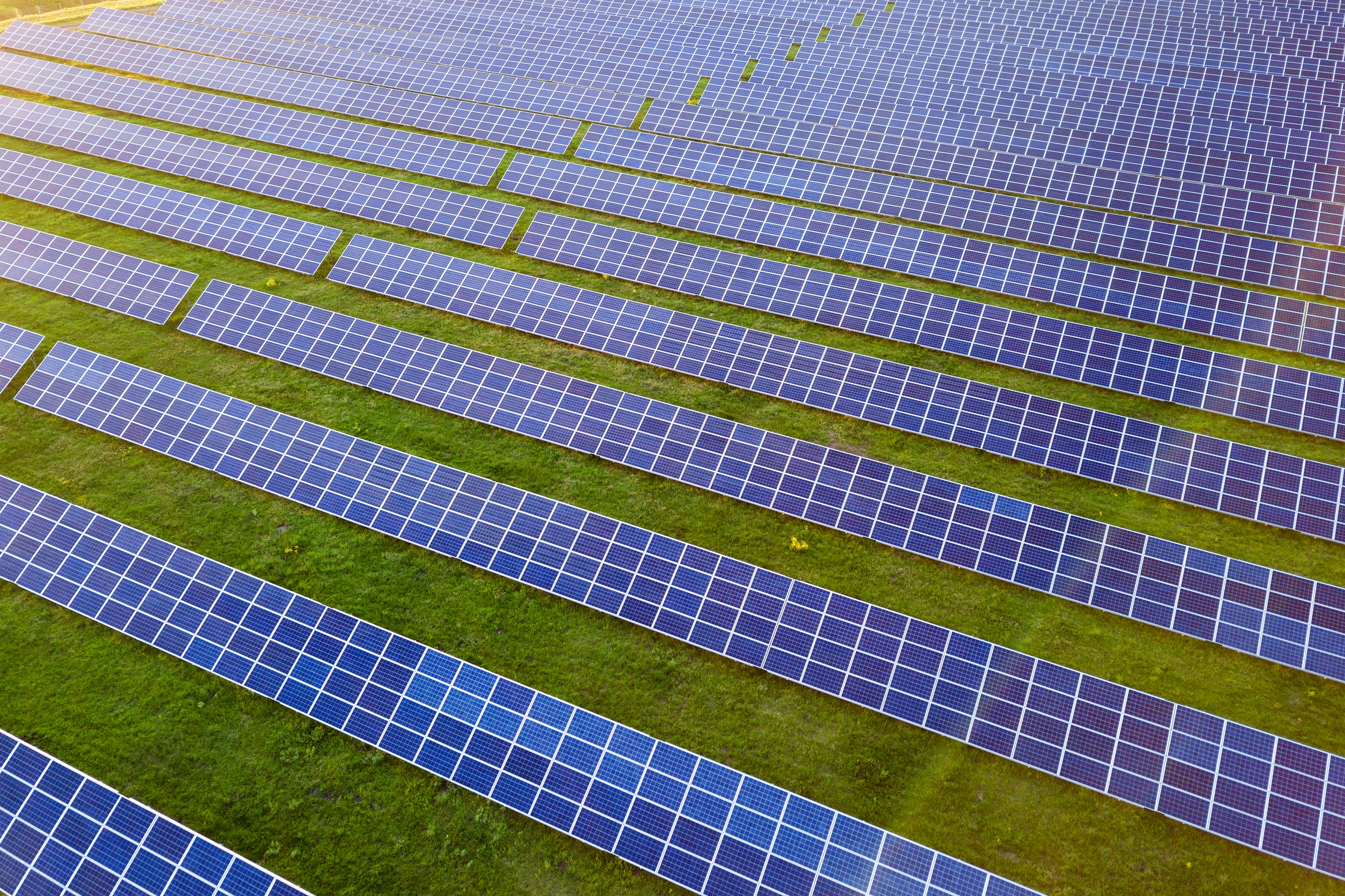Ammonia is a colorless, noxious gas that is a compound of nitrogen and hydrogen. It is used for a number of different things from producing dyes to treating wastewater, but it’s most common industrial use in the production of fertilizer.
Although useful, the production of ammonia is anything but innocent. In fact, the industrial production of ammonia emits more carbon dioxide than any other chemical-making reaction, according to Chemistry and Engineering News.
The good news is that one of the world’s biggest ammonia producers, Yara, is about to start manufacturing ammonia using hydropower in a bid to lower its carbon footprint. As reported by Inhabitat, Yara has announced a partnership with Aker Horizons and the Norwegian utility company Statkraft to start producing so-called “green ammonia” at its plant in Porsgrunn, Norway.
Besides lowering the carbon footprint of ammonia production, this could be huge for the much-touted hydrogen economy. That’s because for hydrogen to be shipped worldwide, it first must be converted into ammonia—and by producing ammonia using low-cost hydropower, you can reduce its cost and environmental impact.
Yara has been toying with the idea of building a ship that runs on ammonia fuel, but it seems we’re still a ways away from that. However, with Yara going all-in on “green ammonia” production, the hope is that it will spur other producers to follow suit.











